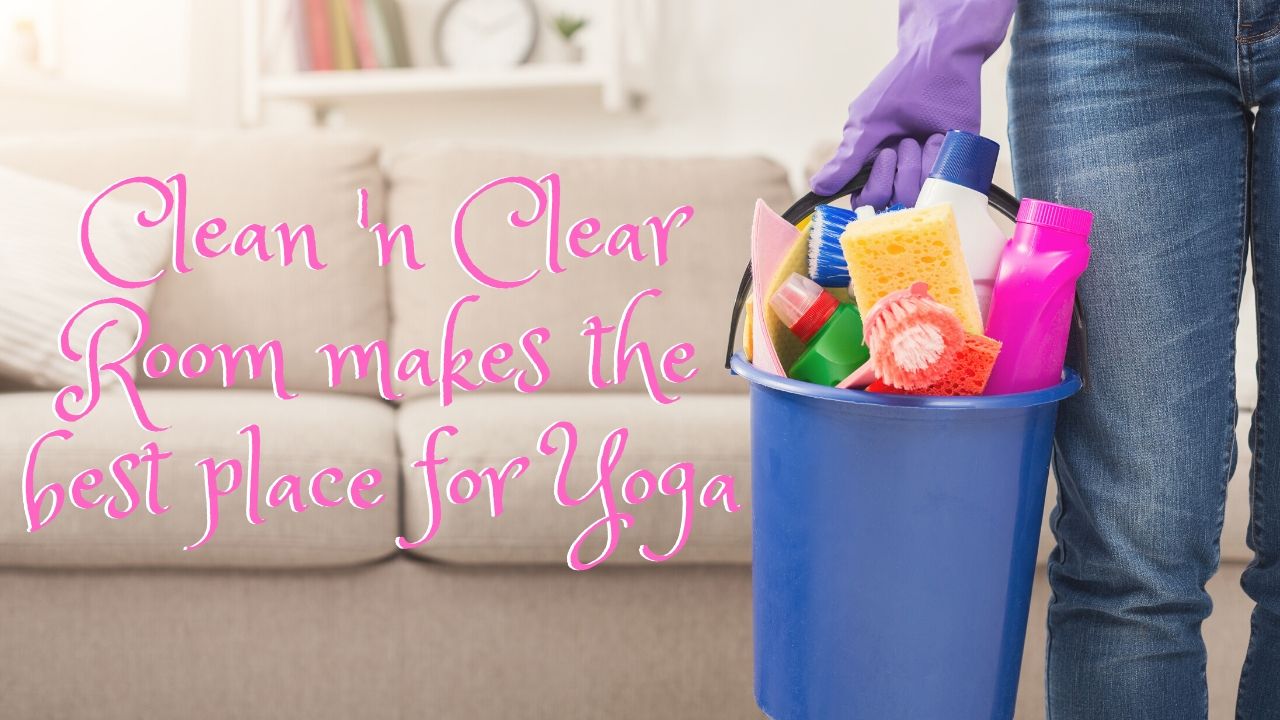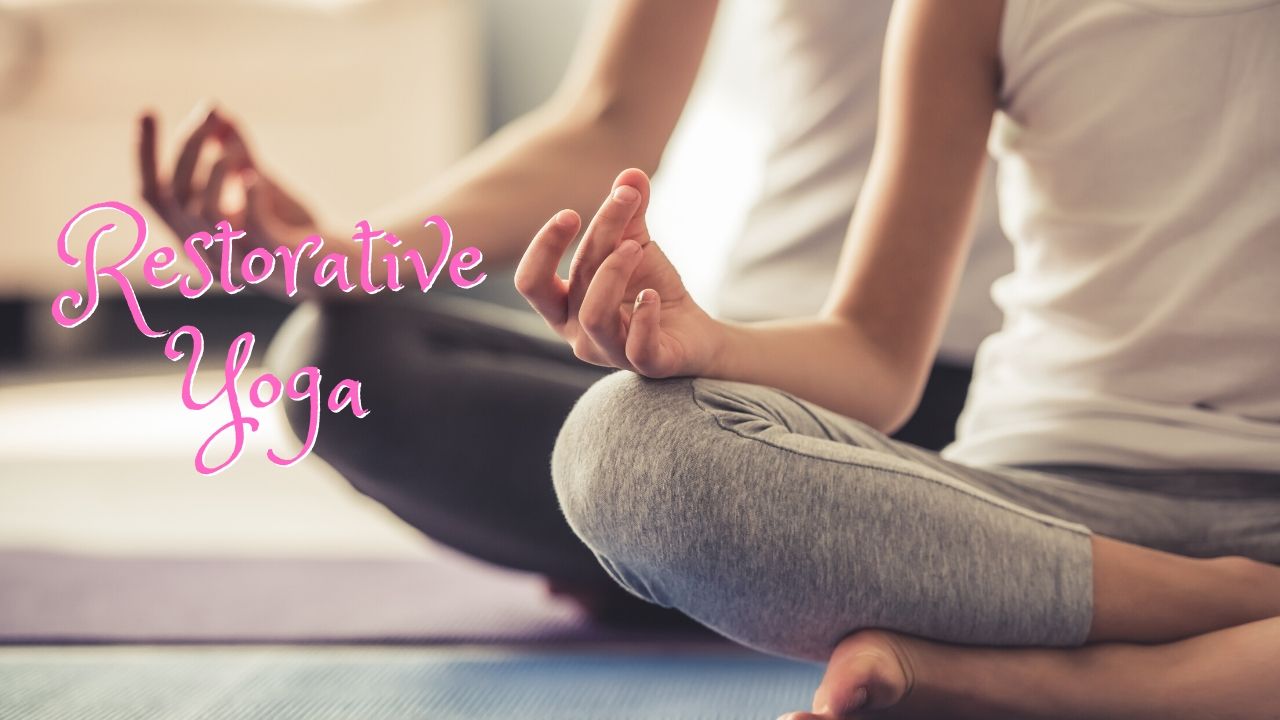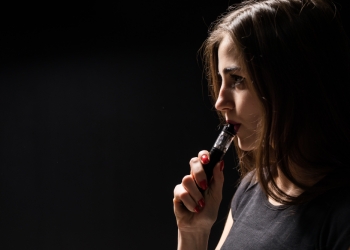Human life is full of irony and one such irony is that humans tend to push themselves into the world of hustle to gain peace. But is that the way to have peace? Well, if you ask me, I would say, not really! In this scenario, Restorative Yoga comes as a savior. Yoga is an ancient and Indian practice, and it works on a spiritual, mental and physical level to improve every aspect of life.
Some people think that yoga is for the improvement of physical aspects and there is nothing spiritual, however, this is not the case. Yoga is seen as a medium to form a divine contact between the body and soul. One such type of yoga is Restorative Yoga, which is lesser-known when compared to the other forms of yoga. When it comes to the Restorative yoga sequence, it comprises 5-6 yoga poses.
- Child’s Pose
- Corpse’s Pose
- Happy Baby Pose
- Leg’s Up the Wall Pose
- Reclining Hero Pose
- and some more similar poses…
Restorative yoga lets you know what has been lacking to have your body, mind, and spirit in the correct order. Moreover, it is often said that restorative yoga heals the individual on a physical level as well as a mental level. With such benefits, Restorative Yoga has been known to cure people’s depression and anxiety that has a massive impact on one’s life.
How to do Restorative Yoga for Maximum Benefits?
It doesn’t really matter that you are a beginner or a pro in the field of restorative yoga; you can always improve yourself simply by practicing more. Also, Restorative yoga for beginners might look difficult at first when they aren’t aware of the props and other things. However, there are trainers that can make their job easy.
On top of it, if you get to know some tweaks that’ll be of great help. So let’s take a look at things you can do to maximize the benefits of restorative yoga:
Timing is the key
The benefits of Restorative Yoga start kicking at the moment you stop struggling and go into stillness. The best thing about restorative yoga is that you have plenty of time so that you can adjust yourself and settle down into inner peace. Since timing plays a crucial role, it is said that for your mind and body to go into stillness, it takes around 20 minutes.
After these 20 minutes, your brain gets the signal that you are in a state when you can deviate your thoughts from stress to relaxation. A restorative pose can be held anywhere from 5-20 minutes and more depending on the individual who is performing it. Moreover, improving your timing is a matter of practice, the more you practice the better you get. Also, the often you practice, the easier it becomes for you to go into stillness during restorative yoga.
Allow your breath to flow
Restorative yoga involves various poses and props and all of these are meant to achieve the same goal. Moreover, all of this is to further help your breath flow freely through your body. With restorative yoga, you learn to give proper rest to your body and that helps in making your body more comfortable.
It further allows you to breathe in a better way. Deeper, longer and fuller breaths signal your brain that you are in a safe environment, which further deepens your relaxation and takes you to a state of healing.
Consider simplicity
Restorative yoga is all about being in a mental stillness and you won’t like to fidget around with things every time you change pose. These things may disturb you from being in that stillness and act as a complete speed breaker. Remember the concept of less is more. You can get better results by only doing three poses with all your potential, instead of struggling to concentrate in a dozen poses.
Get your space clean and distraction-free
People agree to the fact that relaxation is way easier when the place where you are doing it, is free from any sort of distraction. And hence, the room you choose should be neat and clean so that you have proper space. Moreover, you will find nothing that will distract you from your purpose and hence, it will lead to more focus.

In addition to this, you can also save your time and energy by having the required things ready before you dive into the whole processes e.g. yoga mat, your props, etc. Also, this not only saves time but also helps you to keep your room or surroundings managed and organized.
Stay warm
As your mind sinks into greater stillness your body tends to feel cold that might distract you. Also, this would be the last thing you will want to happen while doing restorative yoga. And hence, try to have a blanket nearby or you may also have layers of clothes and put your socks on, in the case, if you feel cold.
Music (optional)
Well, music is more about individual preference. This is because some people might find music helpful while relaxing; however, on the contrary, some might find it as a distraction. In the case, if you like music, it will further help you in the relaxation process. Hence, you may choose music accordingly such as light or instrumental or another type. Moreover, the music you will choose must not be distractive and should only be used as a medium.
For instance, consider music that makes feel calm and doesn’t involve much “listening”. Moreover, remember, “Restorative yoga is a meditative experience that allows you to move inward, so you don’t want something that pulls you “outward.”
In this blog, we have covered the very basics as well as important aspects of restorative yoga, which might be used in order to reap the best results possible. However, we highly suggest that you do remember that if you are performing restorative yoga at the beginners’ level, give it time to show results.
Moreover, there are numerous benefits that restorative yoga offers. You can achieve more from what you expected. And hence, don’t stress your mind and dive into the deep ocean of mental stillness.







